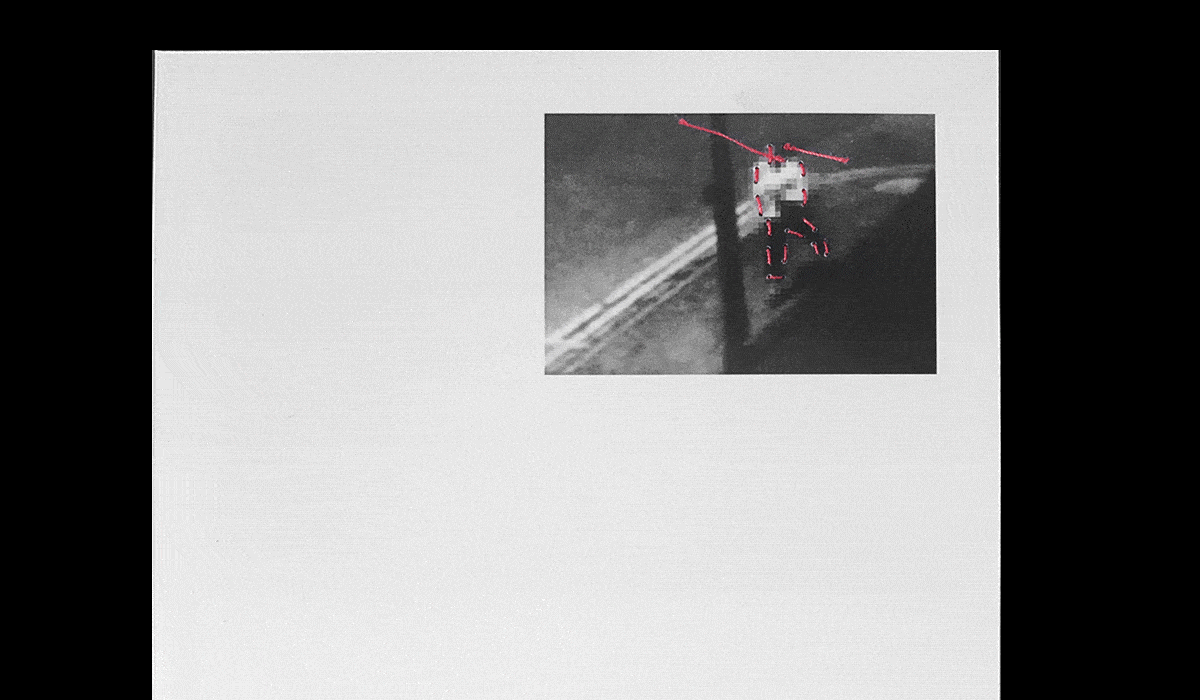
Once in a while, something vanishes. It gets lost and disappears out of sight. Instinctively, we begin to search for it. However, when we fail to find it, we are left perplexed. We wonder why it is not where we expected. We wonder whether anyone else has seen it. We tell ourselves; someone must have crossed paths with it. The longer our search remains fruitless, the more frustrating it is to come to terms with our insufficient knowledge and limited vision. —Excerpt from the book’s epilogue
It was in March 2015 that I noticed for the first time a missing person’s poster. I was waiting for the tube in London. I stared long at that face in the poster, trying to memorize it, wondering whether I could later recognize it. That evening, I began an intense and emotional journey as I became obsessed with the ongoing search for a boy who disappeared thirty-five years ago.
K was a sixteen-year-old boy living in the south of London. One night in March 1986, he walked out of his house to visit the local grocery store. He was never seen ever since. Twenty-nine years later, I was standing in front of his house, only to discover that not only he has disappeared, but the neighborhood he once knew has likewise vanished. His family no longer owned his home. His school was demolished. The store is now a restaurant. Even the police station where he was reported missing is no longer operating.
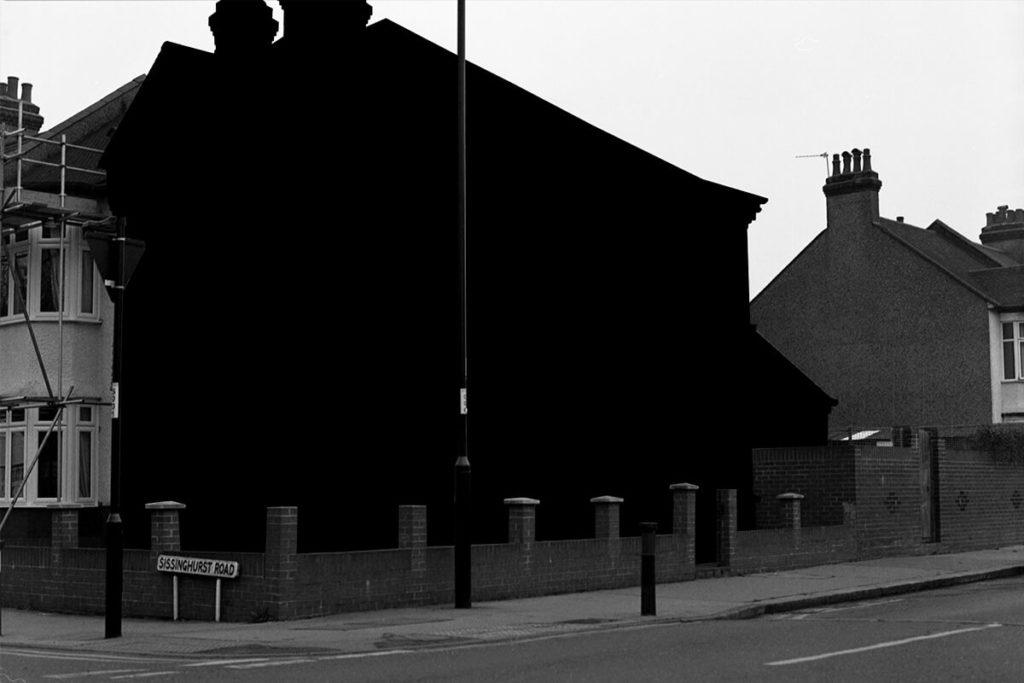
In essence, searching involves the thorough act of looking for what one seeks to find. ‘To look for’ is a linguistic synonym to searching, which already highlights the central role of the eye in the process. When we carefully analyze the act of searching, where one moves around to locate something lost, we discover that finding is the equivalent of seeing. Once we see the searched-for thing, it is found. Reaching for it or acquiring it comes after seizing it through our gaze. —Excerpt from the book’s epilogue
My experience studying documentary photography in London that year was centered around my investigation of this cold case. I was collecting archival material from newspaper snippets, police documents, missing persons’ appeals, and blog posts discussing K’s unresolved disappearance. I was particularly struck when I discovered the ongoing search led by K’s younger sister. Until today, she continues to spread appeals hoping for closure, hoping to see her now assumed fifty-one-year-old brother.
The curiosity driving my research led me to philosophical readings about sight, invisibility, and not knowing. As I wondered about how the search is for both a sixteen-year-old boy and a fifty-one-year-old man, I was reading about Schrödinger’s cat and the state of quantum superposition. And when I encountered the age-progressed computer-generated portrait of K, I was reading about the mythical Gorgons with faces that no one can look at. The more I delved into such contemplations, the more I returned to the same question: What truly lay at the centre of my obsession?
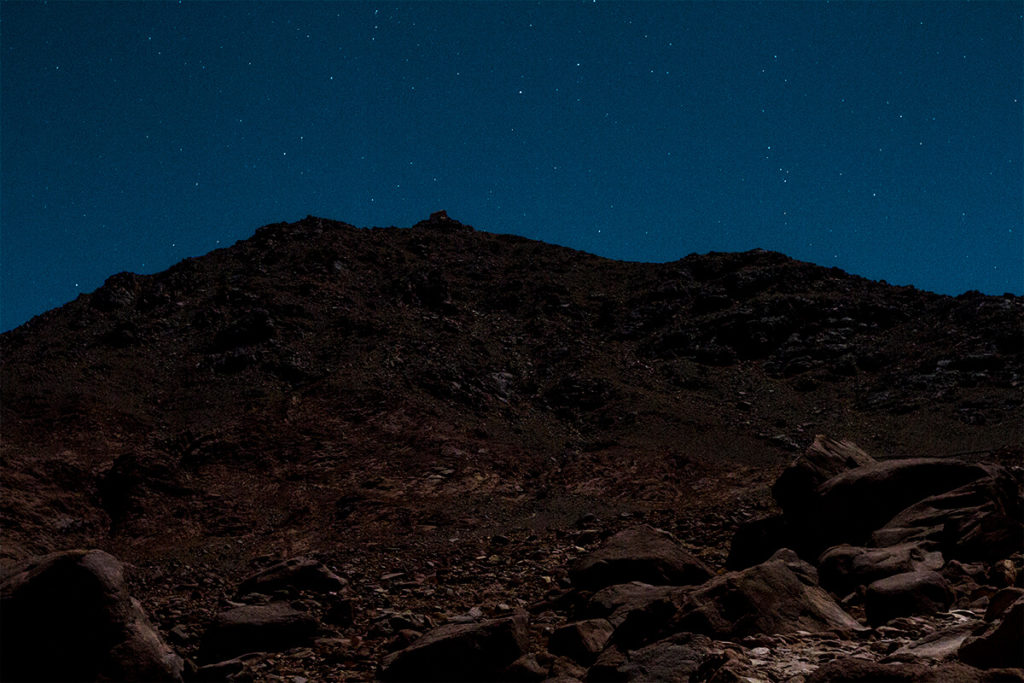
It was quite late at night, a few hours before dawn.
There was a full moon lighting the sky
and casting shadows on the ground.
Soft wind stroked a layer of sand from time to time.
Other than that, barely anything else moved around
until I heard a sound coming from afar.
I did not wonder for long what it was,
for then I saw a man rushing towards the valley.
His pace was fast, and at once, I recognized his face.
He came here years ago, and just like now,
he looked as if he had been walking towards someone else,
someone he could not wait to be nearby.
—Excerpt from the book’s mystical tale
My journey, which began in the south of London in the winter, brought me to the Sinai peninsula in Egypt in the summer. There, I was retracing a mystical tale I had read in the Quran: The collapse of a mountain in the presence of Moses who asked to see a glimpse of God, despite being allowed to hear Him. At the centre of this tale, I saw the human dependence on sight, in spite of which faith is paradoxically formulated. In juxtaposition, the ongoing search for K by his younger sister with appeals featuring his age-progressed face became a reflection of the strength of faith in the face of uncertainty.
By the end of my study in London, I had put together several publications. I made seven zines, each exploring an aspect of K’s case. I designed two booklets titled The Search for the Invisible In a Space of Infinite Possibilities I and II. In Part I, I curated the archival textual and visual research material I had been collecting. For Part II, I made a series of photographs which I embroidered that retrace the search for K. With the embroidery, I invited the reader to reveal the photographs hidden behind the threads. As for the tale in Sinai, I juxtaposed it with the case in London in a photobook titled The Invisible: Faith as a Phenomenon. In their totality, these handmade books acted like a research dossier that reflected my obsession with what it means to search for what the eye cannot see.
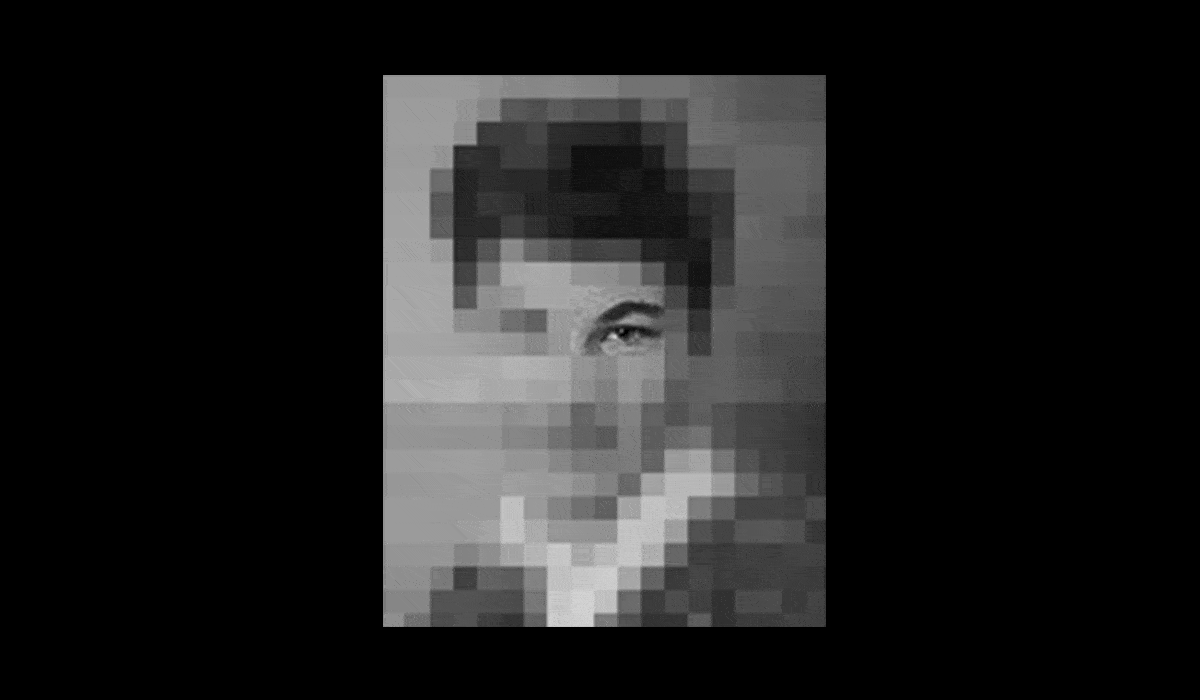
Creating and then relying on non-photographs when searching for the Vanished is proof of our inability to detach ourselves from the visible world. Even when trying to approach what is impossible to perceive, we still depend on a visual medium which, by all means, fails to fulfill the task demanded of it, for it can only speak through its visibility using its visual language. We are, thus, left with a real-looking fictional representation that facilitates the search via the only approach we know, satisfying, in turn, the desire of our eyes to see. —Excerpt from the book’s epilogue
Six years later, I decided to revisit these publications with the intention to transform their essence into a concise narrative. Instead of several booklets that reflect the complexity of this multi-faceted project, I wanted to design a new book that would invite a more immersive experience. And so, I began to conceptualise the book’s form, layout, and binding technique. I re-edited the photographic narrative, focusing on how best to interweave the tale from Sinai with the case from London. I reworked the epilogue’s essay and wrote a story narrated from the perspective of a mountain to illustrate the mystical tale. Then, I focused particularly on further developing the embroidering concept.
With a Stitch-Me edition for the resulting book titled Let My Eyes Have a Glimpse of you, I am inviting the readers to embroider the photographs themselves. Using red thread referring to what the missing boy was wearing, the embroidery accentuates areas within the photographed scenes. It acts as a tactile invitation to imagine what may have happened in this cold case. As the book readers engage with the intimate and time-consuming practice of stitching, I hope they reflect on the long and difficult journey traveled by those longing for years to see the faces of their loved ones.
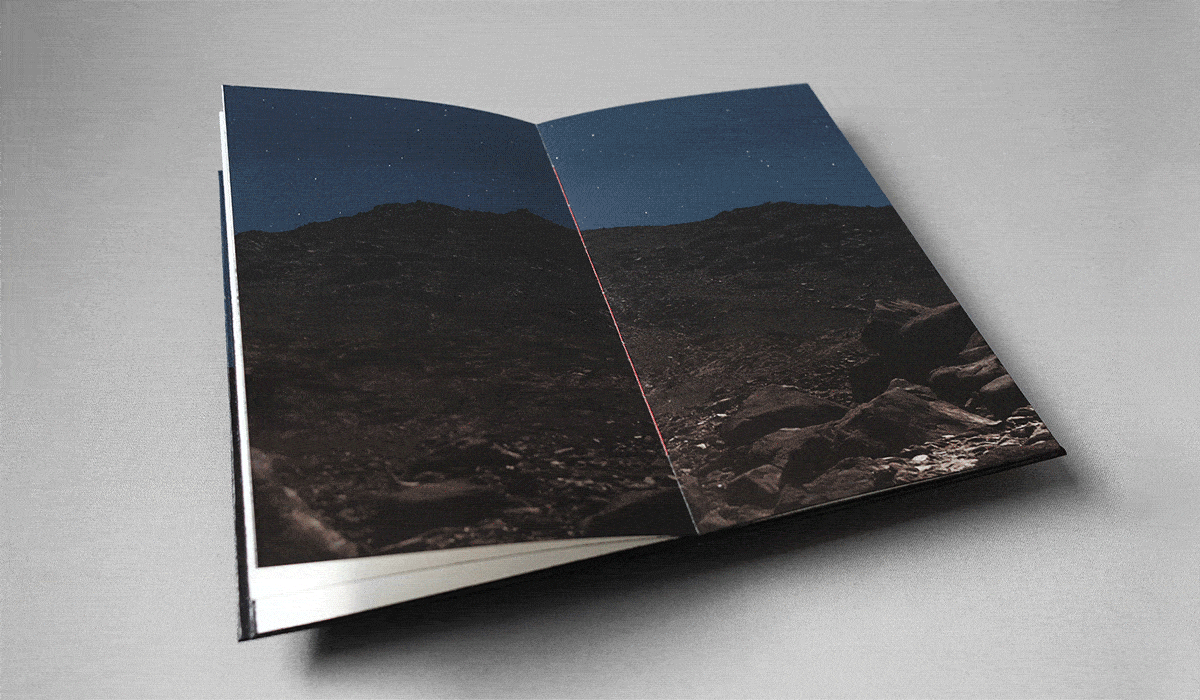
• 13 cm x 21 cm, 72 pages
• First Stitch-Me edition of 35, signed and numbered
• Hand-sewn, with hardcover, an exposed spine, and hand-painted edges
• Self-published in April 2021
• The book includes 17 photographs, 6 archival images, 4 over-painted
photographs, 5 maps, a story tucked in a double gatefold, and an epilogue. 12 of the images are embroidered with red thread.
Sara Sallam (1991) is an Egyptian multidisciplinary artist, designer, visual researcher, and book maker based in the Netherlands. She works with photography, video, and writing, often re-appropriating and manipulating archival material to invite hidden meanings to emerge. Themes of absence, loss, and longing run throughout her work in which she explores ways of visualizing things we cannot see and portraying people we can no longer meet.
If you’d like to learn more about Sara’s work, visit her website, subscribe to her free newsletter, or join her on Patreon to read similar insights into her process.
Dialogues is a place for being vocal. Here, authors and artists get together in conversations, interviews, essays and experimental forms of writing. We aim to create a space of exchange, where the published results are often the most visible manifestations of relations, friendships and collaborations built around Sumac Space. SUBSCRIBE NOW TO STAY CURRENT.